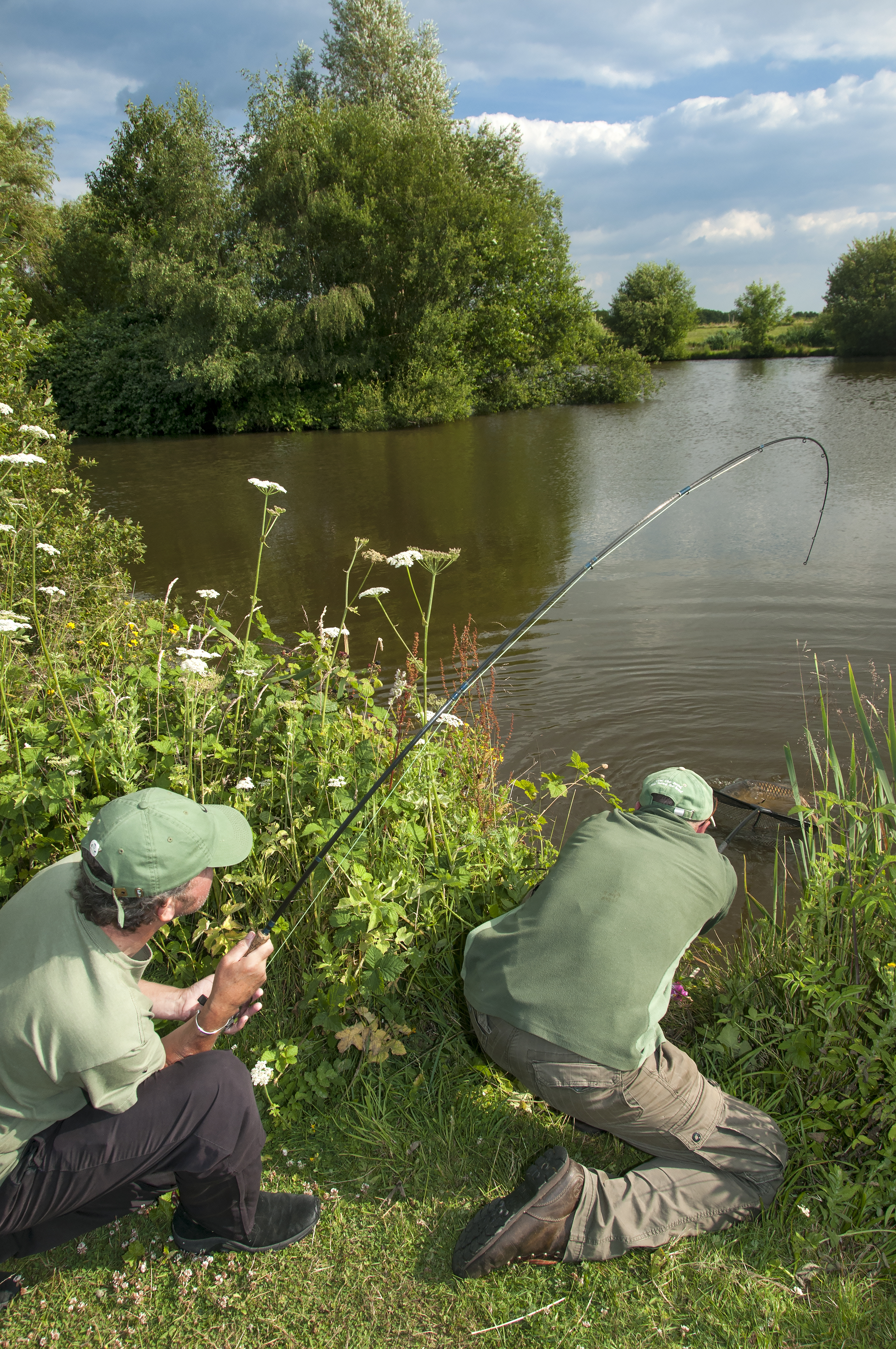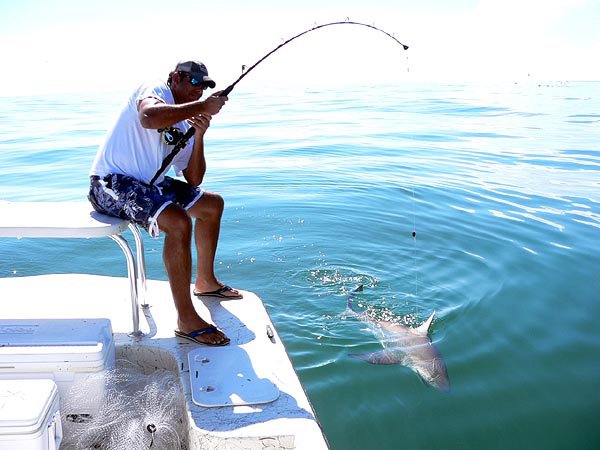Online LL help please
Question
Michael,
As you mentioned in your "bio" you can point one in the right direction regarding sites, products or other educational materials. I'm specifically looking for detailed information on each players positioning on different defensive scenarios - i.e.infield cuts, backups, base coverage, etc for the little diamond. I can find plenty of help online (i.e. webball.com)for the older kids that play on the big diamond, but I'm having trouble locating much help online about the LL diamond. Also looking for ideas for fun,productive practices and for base running and offensive strategic planning.
Thanks
Jim
Answer
Jim,
Great questions and something that I am contemplating putting together, but unfortunately have not to date. It is unfortunate that you are not going to find anything specific to the LL size field. My suggestion is that you simply take the strategies applied to the higher levels and make adjustments to the LL size field. You are still going to have to have a cutoff man going out on balls hit in the gap or to the fence. The difference should be that the throws are quicker and not as far as on the big field.
For instance, the pitcher is still going to have the job of backing up third base or home plate on balls hit to the outfield. This is always the pitchers duty.
On an extra base hit, the first baseman is always going to come to the center of the field to act as a second cutoff man and to backup errant throws into the infield.
Your SS and 2B are always going to act as cutoff men to their respective sides of the field.
In LL, the 3B is going to stay put on balls hit to OF and the catcher is always going to protect home plate.
Bunt coverages are always the same and actually a bit easier in LL. 3B and 1B and pitcher cover the bunt. If you have a force at 3B, you may leave him home, or move the SS to cover 3B. The 2B is always going to cover first.
Fielding coverages are basically common sense at the LL level, but really work your pitchers covering 1B on a ball hit to the right side of the infield. I have seen many a basehit on a dribbler to the 1Bman because the 2Bman can't get there and the pitcher doesn't make an attempt to cover 1B.
We are playing at the 14 year old level. With the big field, it definitely comes into play. We practice it 2x per week for about 10 minutes and it pays off.
As for practice fun, I have always tried to make games out of drills. We drill our kids over and over, be it ground balls or pop ups. We will try to make them move as much as possible and give them points for their efforts. At the LL level, I used to give out baseball cards for the kids with high points. This encourages all to put forth more effort. Our last year of LL, I used markers to place stars on the underside of their cap bills for their efforts and stats in games. The kids with the most marks got to show off and get more baseball cards. At the end of the year, even my worst kids were making plays to try to get stars and cards.
As far as baserunning, if you are still playing LL rules with no leading off, just teach the kids to be aggressive, know their steal signs, and know to watch their base coach. Practice taking off with the pitches so that your kids are not late on the take off.
Regarding offensive strategies, because you cannot lead off in LL, the rules are a little different. You are not able to hit-and-run or strategies of that nature. But I will say this, if you can teach every one of your LL kids to bunt and bunt well, you will win a lot more than you will lose. Being able to bunt, or just the threat of the bunt, will open many doors to moving runners and scoring runs. It is a lost art that most coaches in LL only reserve for their worst kids.
My last LL season my allstar team won 2 straight games on bunting alone. The first game was a 0-0 tie in wet weather in the 4th inning. We bunted six straight batters and would up scoring 11 runs in the inning. Six straight bunts without an out recorded. Now that was pretty unbelievable, but the point should be taken. If you have a kid that can bunt, you have a weapon. Work on the bunting. Then you draw the infielders in and hard grounders get through for hits.
My opinion in LL was always pitching, defense and small ball. That is what wins in LL. We spent a lot of time on pitching and defense even from the teeball level and it always paid off.
I am sorry that I have no references for you concerning LL, but get the higher level stuff and alter it to fit your needs and practice lengths. If you have any other questions, let me know.
Play Ball!
Coach Boss
All-Star Game
errors


